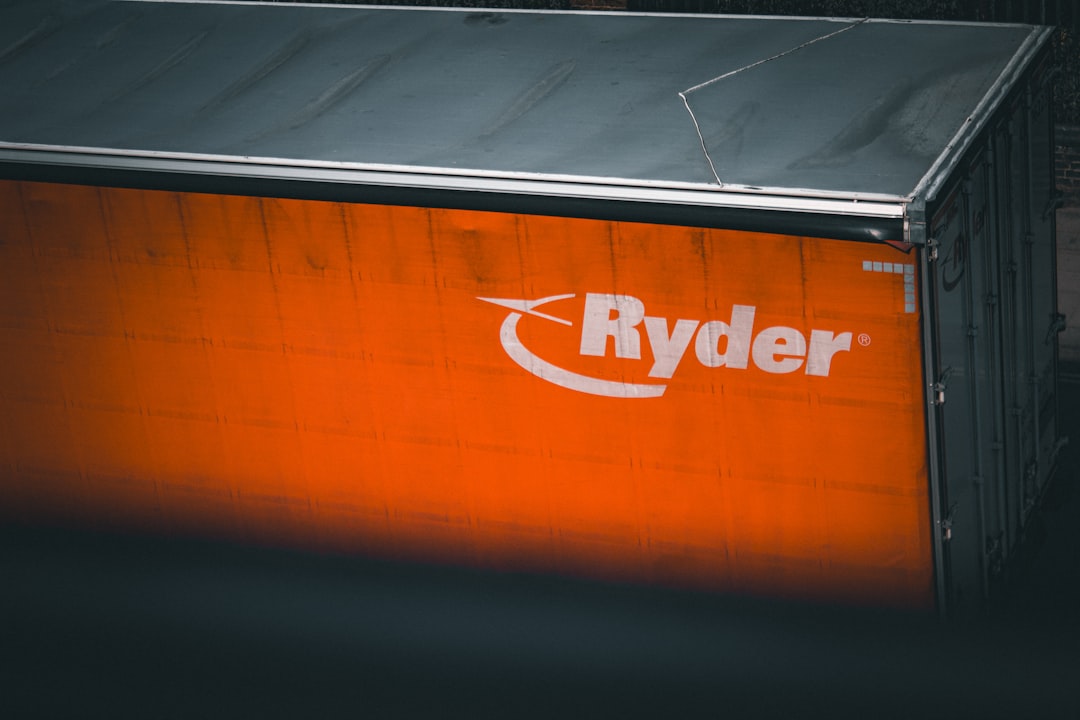Logos are more than just a graphic— they are the visual representation of a brand’s identity, personality, and values. Over time, logo design has evolved from intricate emblems to minimalistic icons, yet the question remains: what kind of logo is most effective? Brands often choose between three primary styles—symbol-based, letter-based, or hybrid—each with its own advantages, challenges, and strategic use cases.
Table of Contents
TL;DR (Too Long; Didn’t Read)
When it comes to logo iconography, brands generally choose between symbols, letters, or combinations of both (hybrids). Symbol logos evoke universal meanings and scalability, letter-based logos offer simplicity and memorability, and hybrids deliver flexibility and storytelling capacity. The best approach depends on a brand’s maturity, market positioning, and visual storytelling goals.
Understanding the Three Main Types of Logo Iconography
1. Symbol-Based Logos
Symbol-based logos, also known as pictorial marks, use an abstract or literal image to represent the brand. These logos rely heavily on visual metaphor, object symbolism, or iconic shapes that resonate with the brand’s identity or purpose.
Pros:
- Instant global recognition: Iconic symbols like the Apple logo or the Nike swoosh don’t need text to be recognized worldwide.
- Scalability: Symbols are often more compact and easier to scale across various devices, signage, or merchandise.
- Universal appeal: Well-designed symbols transcend language, making them ideal for international brands.
Cons:
- Costly brand association: It can take years and significant marketing investment for the public to associate a symbol with a specific brand.
- Abstract nature: If not designed thoughtfully, they can fail to convey a brand message effectively.
Best for: Established companies, global brands, or startups with bold ambitions and strong visual storytelling strategies.
2. Letter-Based Logos
Letter-based logos include wordmarks (full brand names stylized typographically) and lettermarks (abbreviated initials or acronyms). Famous examples include Google (wordmark) and IBM (lettermark).
Pros:
- Clear brand identity: Typographic logos communicate a brand name directly, reducing ambiguity.
- Great for new businesses: When brand awareness is low, seeing the name helps with recognition.
- Flexible typography: Designers can inject personality using fonts to convey tone—professional, playful, modern, etc.
Cons:
- Less visual impact: Without a graphical symbol, letter-based logos may appear less dynamic or memorable.
- Typography trends: Font choices can become dated or limit international readability.
Best for: New brands, companies with memorable or unique names, and B2B firms that prioritize clarity and professionalism.
3. Hybrid Logos
Hybrid logos combine both visual symbols and textual elements. Examples include Adidas (three stripes plus text), Burger King (burger-themed monogram inside typography), and Starbucks (siren and wordmark).
Pros:
- Versatility: Can be used in various combinations—symbol alone, text alone, or both together—for different mediums.
- Stronger brand storytelling: Combines the benefits of imagery and clarity for a fuller brand narrative.
- Better for transitions: Hybrid logos are helpful for rebranding campaigns, allowing brands to gradually drop words or evolve symbols without losing recognition.
Cons:
- Design complexity: Balancing both elements requires more time and creative synergy.
- Scalability issues: Hybrid logos can have cluttered compositions, especially in small sizes.
Best for: Brands in transition, corporations with sub-brands, or businesses that want to adapt across various marketing channels and cultures.

When to Use Each Kind of Logo
There is no “one-size-fits-all” when it comes to logo iconography, but there are guidelines and patterns that can help businesses make informed decisions. Choosing a logo type should be a strategic design decision based on brand goals, target audiences, and scalability needs.
Symbol-Based Logos Work Best When:
- Your company name is too long, common, or hard to translate globally
- You plan to build strong brand recognition over time
- You want a clean, modern, and minimalistic identity
Letter-Based Logos Work Best When:
- Your brand name has strong phonetic recognition or equity
- You want clarity and immediate comprehension
- You are in a field where trust and formality are valuable (e.g., legal, tech, finance)
Hybrid Logos Work Best When:
- You need a highly adaptable identity system across various platforms
- You’re launching multiple product lines under one brand umbrella
- You’re planning a rebrand or want to evolve your logo over time
Psychology Behind Logo Iconography
At the core of effective logo design is the psychological impact it has on audiences. Symbols often speak to our subconscious, summoning associations from culture, nature, or iconography. Letters, however, appeal to logic by clearly stating who the brand is and often forming a stronger linguistic memory cue.
Hybrid logos take advantage of both systems—allowing brands to express abstract values with symbols while anchoring recognition through language. This dual coding (image + text) is a powerful way to strengthen brand recall.
Iconography Trends To Watch
As design trends shift due to technology and consumer behaviors, logos are adapting accordingly. Here are some notable movements in logo iconography:
- Responsive logos: Systems that adapt in complexity based on screen size
- Monoline and minimalist design: Clean lines work well across digital formats
- Typography as symbol: Custom fonts that blur the line between icon and letters (e.g., Netflix “N”)
The future of logos leans toward flexibility and adaptability. More brands are adopting hybrid logo systems in which symbol and wordmark can be deployed separately or together, addressing everything from app icons to supersized signage.
Conclusion
Whether a brand chooses a glyphic symbol, a stylized wordmark, or a robust hybrid, the key is to evaluate not just aesthetics but strategic alignment. A great logo doesn’t just look good—it works hard to communicate what the brand stands for and leaves a lasting impression. Choosing the right form of logo iconography is one of the most crucial decisions in developing a powerful and enduring brand identity.
FAQ: Logo Iconography
- Q: What is the most versatile type of logo?
- A hybrid logo is typically the most versatile. It allows for both standalone wordmarks and symbols, making it adaptable to different media and branding needs.
- Q: Can you start with a wordmark and switch to a symbol later?
- Yes, many brands do this as they become more established. It’s a common branding tactic, especially in tech and fashion industries.
- Q: Are symbol logos risky for startups?
- Symbol logos can be risky if the brand doesn’t have immediate recognition. Most early-stage companies benefit from wordmarks or hybrids that clarify their name and purpose.
- Q: How do I know which logo style suits my business?
- Consider your business size, target audience, geographical scope, and long-term growth strategy. A professional brand designer can also guide you through this decision.
- Q: Should industries dictate logo style choices?
- To some extent. For example, legal firms often prefer



